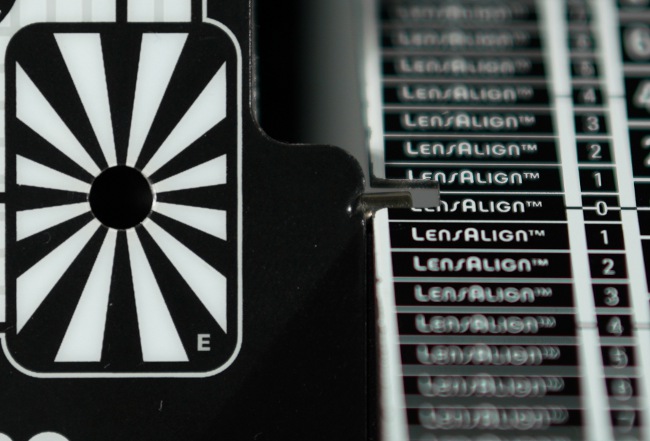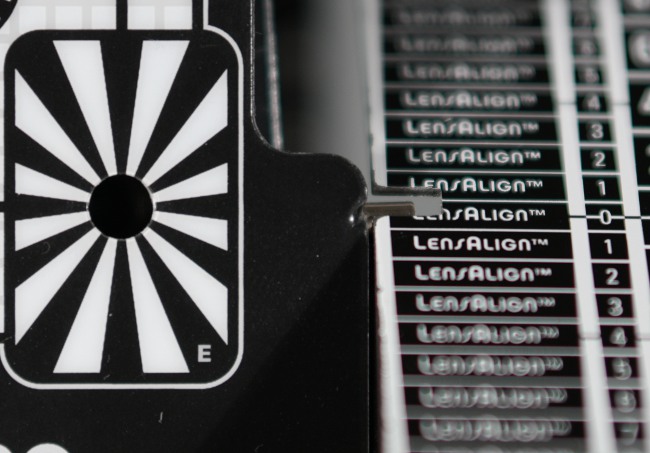Sony FE 50 mm f/1.4 GM
10. Autofocus and focus breathing
Autofocus
The Sony FE 50 mm f/1.4 GM is equipped with two XD linear autofocus motors and, according to the producers, they are supposed to ensure 1.9x faster performance than in the case of the predecessor, the Planar FE 50 mm f/1.4 ZA. Additionally, they claim the mechanism will be completely fluent even during filming as fast as 120 fps.After attaching the tested lens to the Sony A7R III the autofocus is indeed noiseless and quick. Running through the whole distance range and confirming the focus takes 0.5-0.6 of a second without any wavering or play. The mechanism works very smoothly and is equally quick no matter from what direction you start.
After attaching the lens to the newer body of the Sony A7R V we haven't seen any distinct changes. The speed and efficiency of the mechanism remained very similar and it means there will be no problems connected to it.
Please Support UsIf you enjoy our reviews and articles, and you want us to continue our work please, support our website by donating through PayPal. The funds are going to be used for paying our editorial team, renting servers, and equipping our testing studio; only that way we will be able to continue providing you interesting content for free. |
- - - - - - - - - - - - - - - - - - - - - - - - - - - - - - - - - - - - - - - - - - - - - - - -
Photos taken both in the studio and outside showed that the Sony FE 1.4/50 GM doesn't have any problems with accuracy. The autofocus worked well and misses were few and far between.
The new Sony lens didn't show any front or back focus tendencies on any of the bodies we used in our test.
| A7R III, f/1.4 |
 |
| A7R V, f/1.4 |
 |
Focus breathing
Reframing images as you pass from the minimum focusing distance to infinity is presented by the following video:After attaching the tested lens to the newer Sony A7R V body it was possible to switch on breathing compensation function. It performed very well and was able to reduce breathing to practically zero but, of course, you had to pay for it with additional image cropping. It's possible that Sony engineers gave up on breathing correction deliberately, knowing that a camera software is able to do it anyway. Of course it would be better if the lens just kept the whole frame content while oversharpening – then the breathing compensation function wouldn't be needed at all.
It is also possible that the producers decided to use a slightly shorter focal length, amounting to 48 mm, just because of breathing compensation – it provides a bit of reserve in the field of view when compared to the classic 50 mm value.
Finally, let's mention the fact that, after passing to the minimum focusing distance, the lens gets noticeably 'slower' – such an effect is very pronounced in the video even though we used fully manual exposition. It stems from laws of optics and concerns mainly macro lenses with the 1:1 mapping scale. Here the scale is visibly smaller because the magnification in the minimum distance mode amounts to 0.18x; the effective aperture should have reached near f/1.6-1.7 but is evidently lower.






